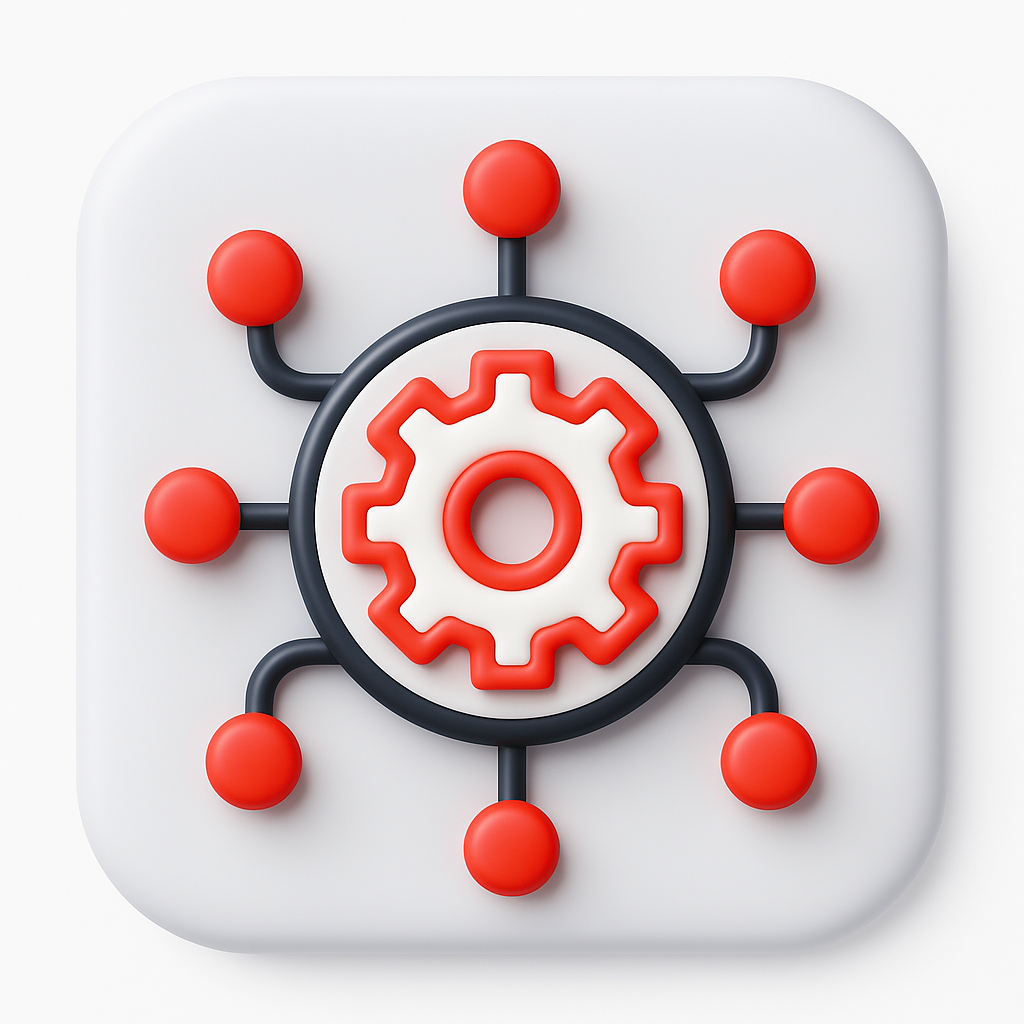How can AI synthesize web, intent, and firmographic data to create better targeting models?

In today’s data-saturated B2B landscape, the difference between marketing noise and precision targeting lies in how well you connect the dots. Traditional segmentation—based on static firmographic data like company size or industry—is no longer enough. The real magic happens when AI synthesizes web behavior, intent signals, and firmographics into a single, adaptive targeting model that continuously learns and evolves.
Let’s break down how this fusion works—and why it’s reshaping the future of lead targeting.
1. The Data Layers That Fuel Intelligent Targeting
a. Web Data: The Behavioral Pulse
Every click, visit, and dwell time tells a story. AI analyzes website interactions, search queries, and engagement history to understand what prospects care about right now. This behavioral layer provides real-time context—whether someone is exploring a solution, comparing vendors, or casually browsing.
b. Intent Data: The Signal of Opportunity
Intent data captures off-site activity—the content your prospects consume across the web. AI models identify topics being researched, keywords frequently searched, and articles being read. These patterns reveal when an account is in-market for a product or service. For example, if multiple employees from one company start consuming content about “cloud migration” or “AI analytics,” that’s a buying signal waiting to be acted on.
c. Firmographic Data: The Foundational Framework
Firmographic attributes—like company size, industry, annual revenue, or region—still matter. But AI uses them not as filters, but as anchors for pattern recognition. Combined with behavioral and intent layers, they help identify high-value accounts that both fit your ICP and act like ready buyers.
2. How AI Synthesizes These Layers
a. Unified Data Modeling
AI doesn’t just stack data—it integrates it into a single model. By cross-referencing intent, web, and firmographic data, it identifies relationships invisible to humans. For instance:
- Companies in healthcare SaaS (firmographic) showing spikes in “data compliance” content (intent) and visiting your pricing page (web behavior) are high-conversion prospects.
This synthesis moves targeting from segmentation to signal-based orchestration.
b. Feature Engineering & Pattern Detection
Machine learning algorithms evaluate thousands of variables—keywords searched, session duration, decision-maker job titles—to find predictive correlations. These features feed into scoring models that estimate propensity to buy, deal velocity, and customer lifetime value.
c. Continuous Feedback Loops
AI models continuously retrain on new outcomes—closed deals, churned leads, engagement rates—refining their targeting logic. The result? A self-improving system that grows smarter over time, adapting to market shifts and buyer intent trends.
3. Why It Outperforms Traditional Targeting
- 🎯 Precision: AI identifies who’s ready now, not just who fits your ICP.
- 🔁 Real-Time Adaptability: Models update as new data arrives, capturing fresh opportunities.
- 💡 Context Awareness: Synthesizing multiple data streams lets AI understand why a prospect might buy, not just who they are.
- 💰 Higher ROI: Marketing spend shifts from broad campaigns to hyper-focused engagement with high-intent accounts.
4. From Data to Action: AI-Powered Targeting in Practice
Imagine an AI model that flags a mid-sized fintech company after detecting:
- 5 visits to your cybersecurity solution page (web data)
- Team members reading articles about “PCI compliance automation” (intent data)
- A perfect ICP match: 500–1,000 employees, Series C funding, North America (firmographic data)
AI immediately triggers a sequence: personalized content suggestions, email outreach drafted in the right tone, and a sales alert to engage within 24 hours. The result—faster conversions with less waste.
The Bottom Line
AI doesn’t just merge web, intent, and firmographic data—it synthesizes intelligence from chaos. By connecting behavioral context with company identity and buyer readiness, it enables targeting models that are dynamic, predictive, and deeply personalized.
The future of B2B marketing isn’t about collecting more data—it’s about teaching AI to interpret it holistically and act on it instantly.
Read More: https://intentamplify.com/lead-generation/
- Art
- Causes
- Crafts
- Dance
- Drinks
- Film
- Fitness
- Food
- Jogos
- Gardening
- Health
- Início
- Literature
- Music
- Networking
- Outro
- Party
- Religion
- Shopping
- Sports
- Theater
- Wellness




